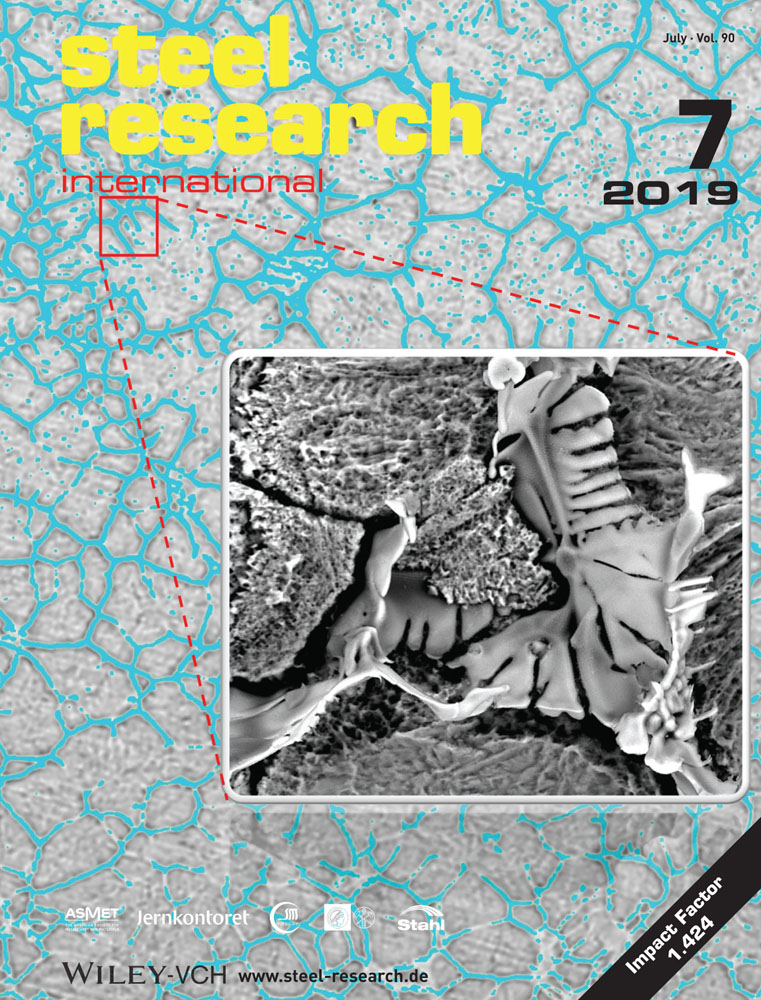Microstructure Characterization and Mechanical Properties of Al Alloyed 9Cr ODS Steels with Different Al Contents
Abstract
The microstructural evolution of different Al contained (0.4, 2.5, and 4.5 wt%) Fe–9wt%Cr ODS steels (hereinafter referred to as 0.4Al-ODS, 2.5Al-ODS, and 4.5Al-ODS) is investigated using XRD and TEM. The XRD analysis shows that the addition of Al into the Fe–9wt%Cr ODS steels leads to the formation of substitutional solid solutions, and the interplanar spacing increases with the increase of Al content. According to TEM bright field image observation, the 0.4Al-ODS steel shows ferrite/martensite duplex microstructure, while 2.5Al-ODS and 4.5Al-ODS steels show a single-phase of ferrite, which is in agreement with the thermodynamic phase diagram calculation. The dispersed particles is mainly Y–Al–O oxide according to EDS analysis, and the Y/Al ratio of most of dispersed particles is less than 1 in all Al alloyed ODS steels. The dislocation density of the three steels is calculated by the residual strain of XRD. The results show that, compared to 2.5Al-ODS and 4.5Al-ODS steels, the 0.4Al-ODS steel contains more dislocations. The strengthening mechanism analysis shows that the modified theoretical hardening models fit well with experimental data of yield strength for 2.5Al-ODS and 4.5Al-ODS steels.
Conflict of Interest
The authors declare no conflict of interest.




